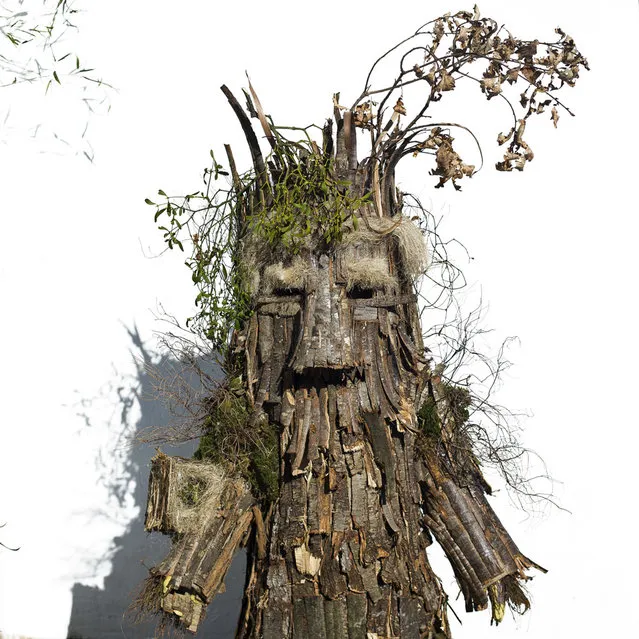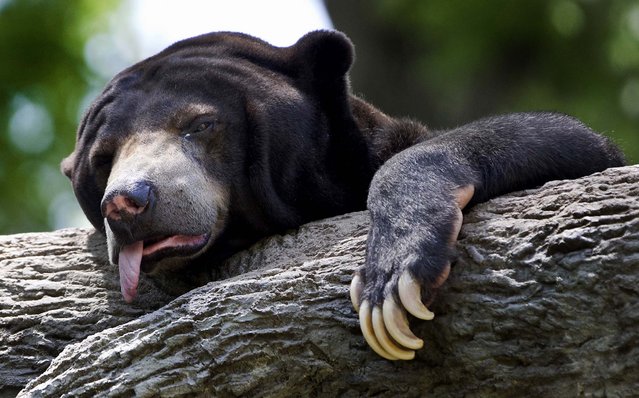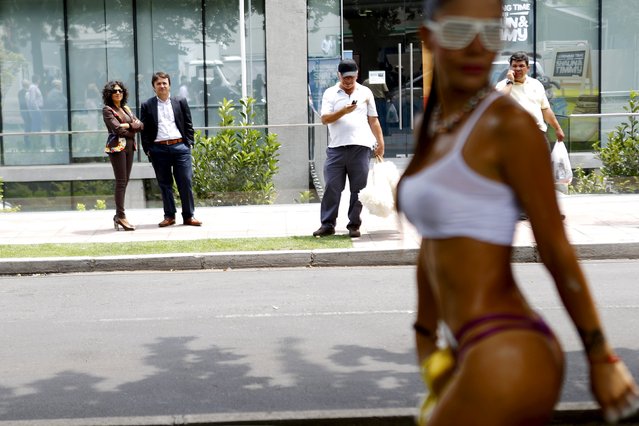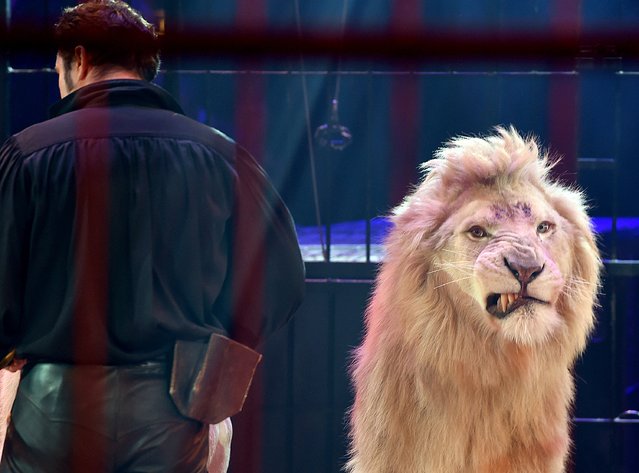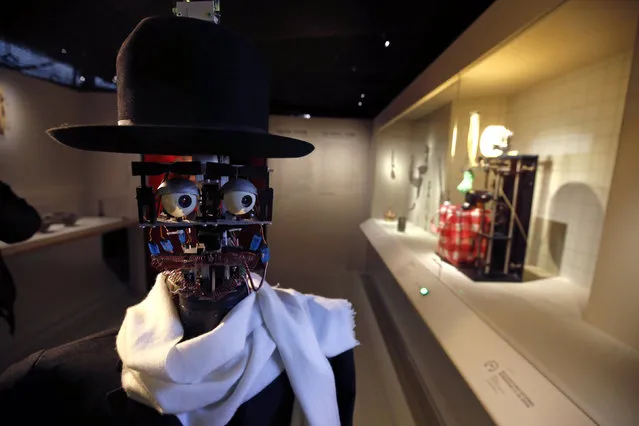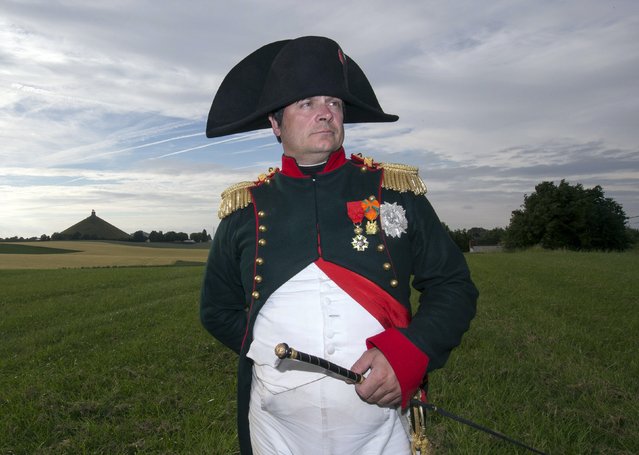
Frenchman Frank Samson who is taking part in an re-enactment of the Battle of Waterloo poses in front of the Lion's Mound of Waterloo during the bicentennial celebrations for the Battle of Waterloo, in Waterloo, Belgium June 17, 2015. The commemorations for the 200th anniversary of the Battle of Waterloo will take place in Belgium on June 19 and 20. REUTERS/Yves Herman REUTERS/Yves Herman
24 Jun 2015 09:25:00,post received
0 comments


